Menu
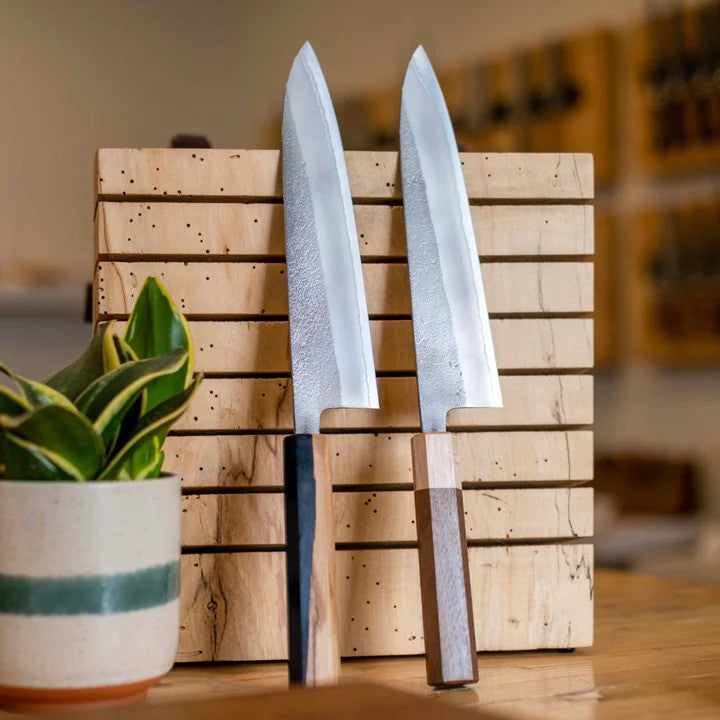
THE BLACKSMITH
YOSHIKANE HAMONO
- Choosing a selection results in a full page refresh.









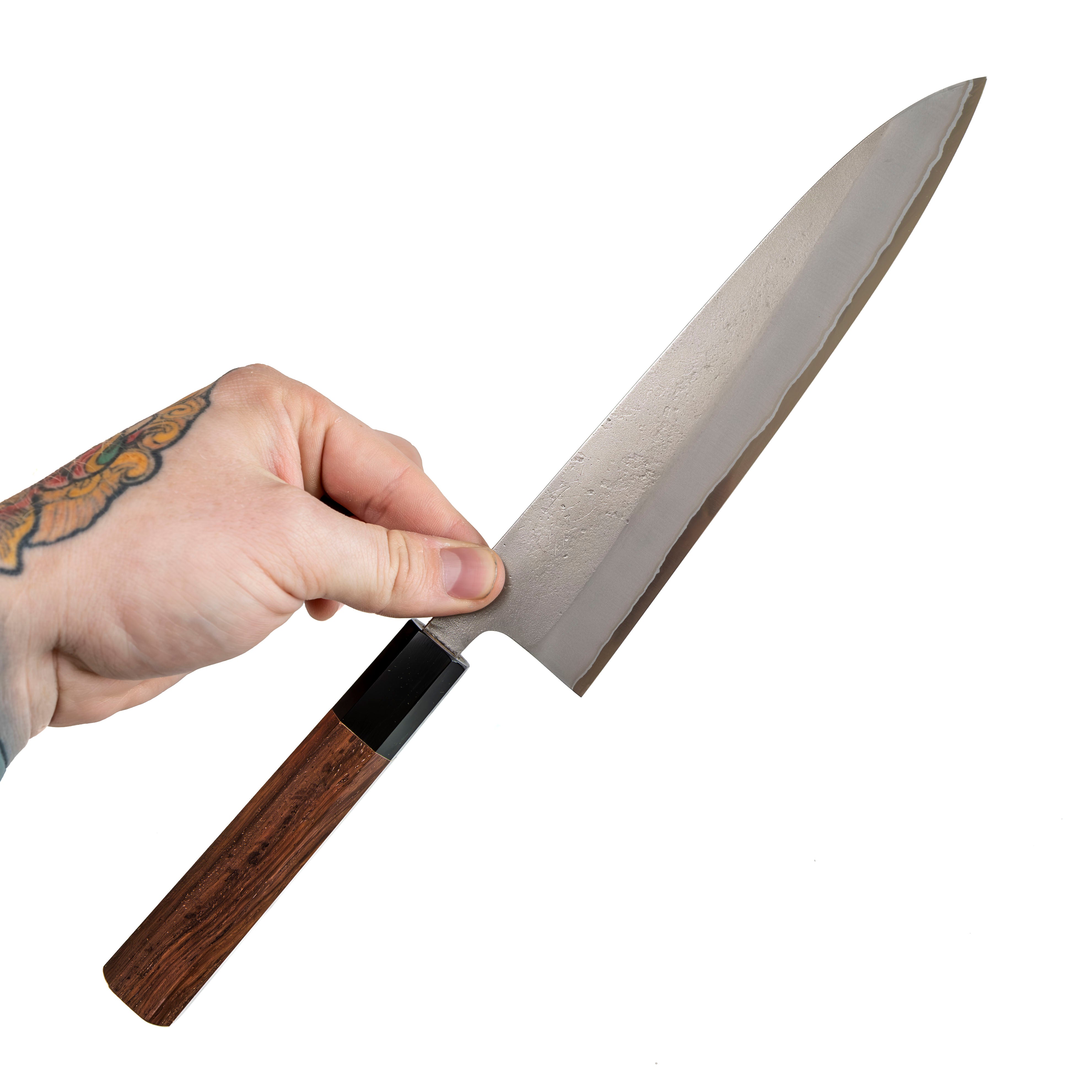
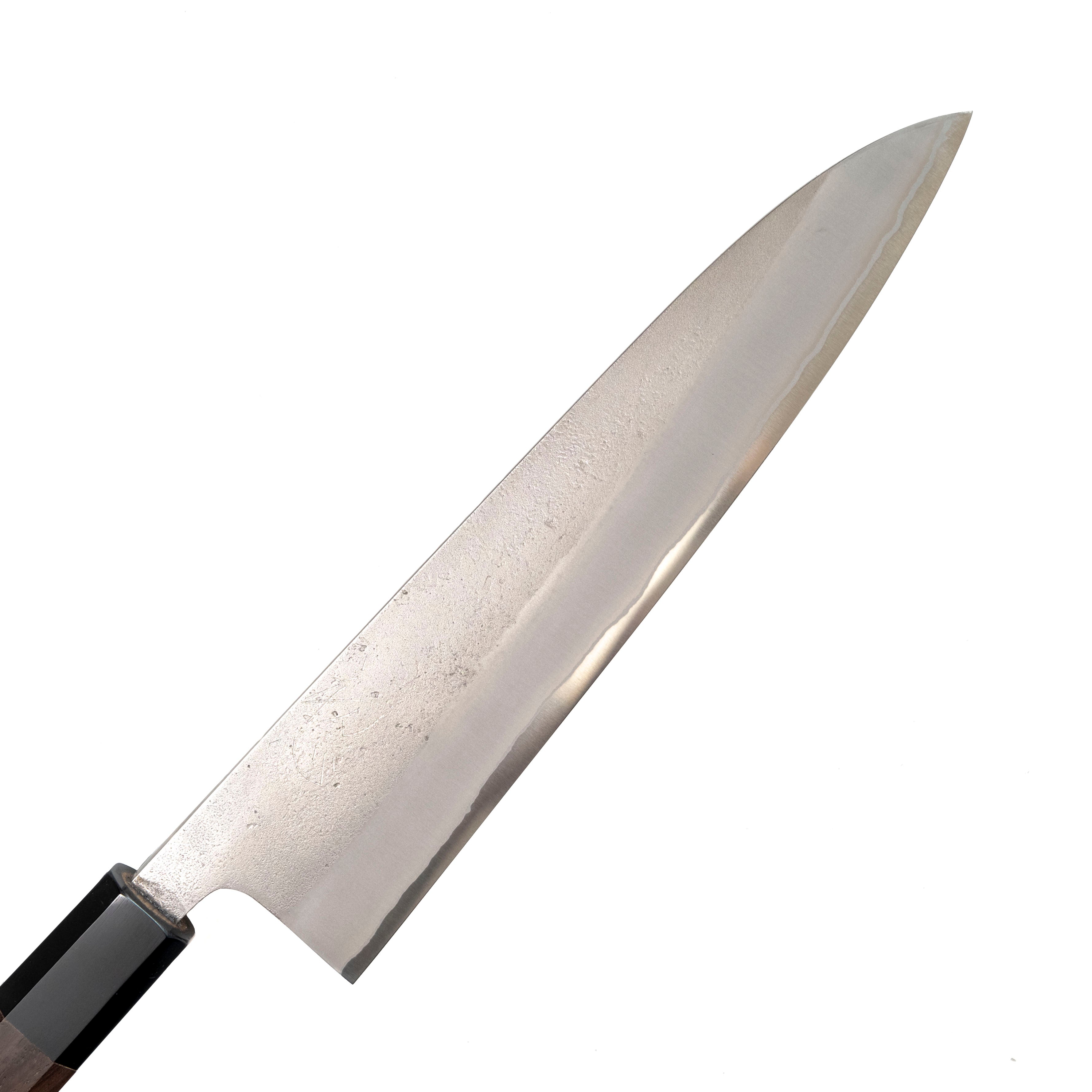
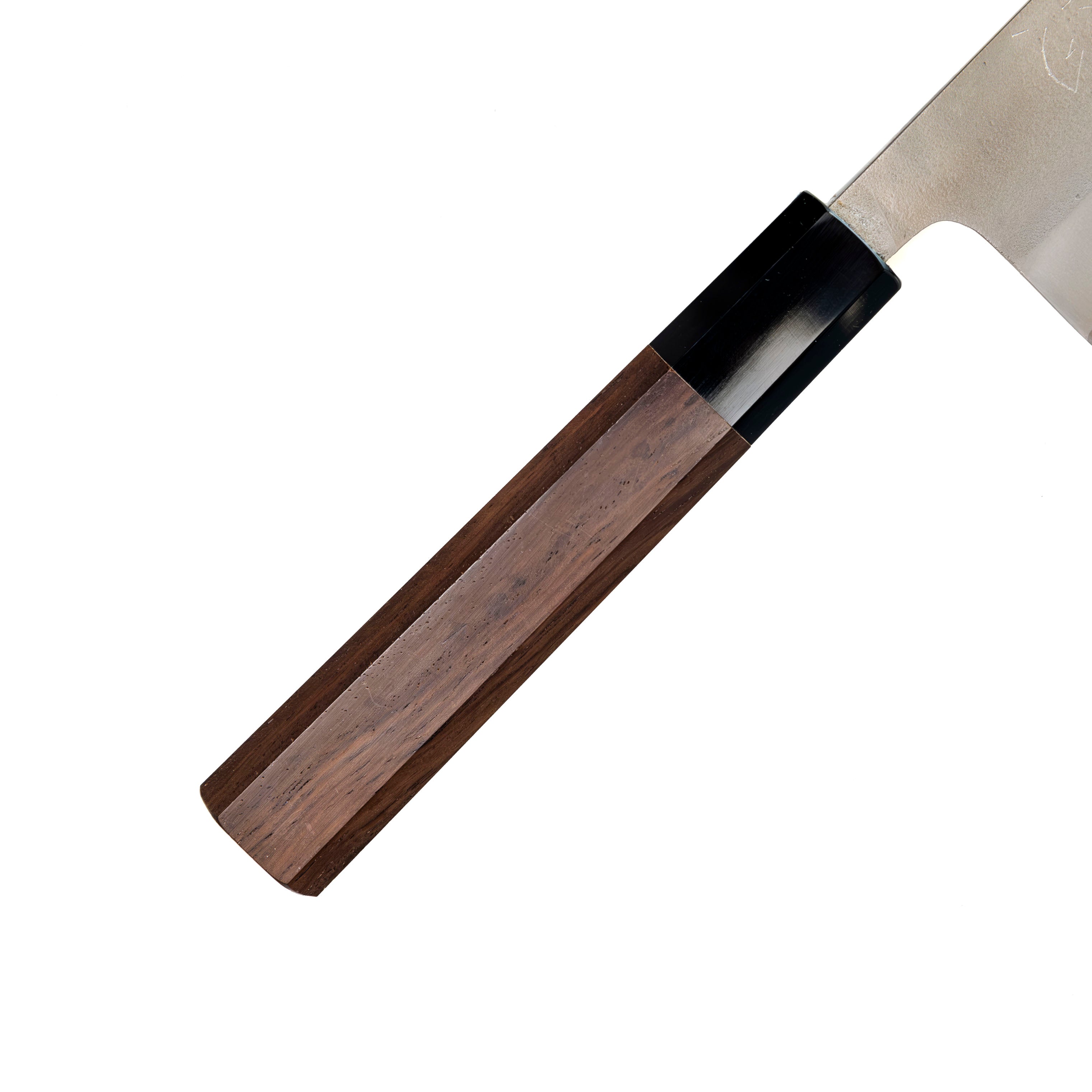
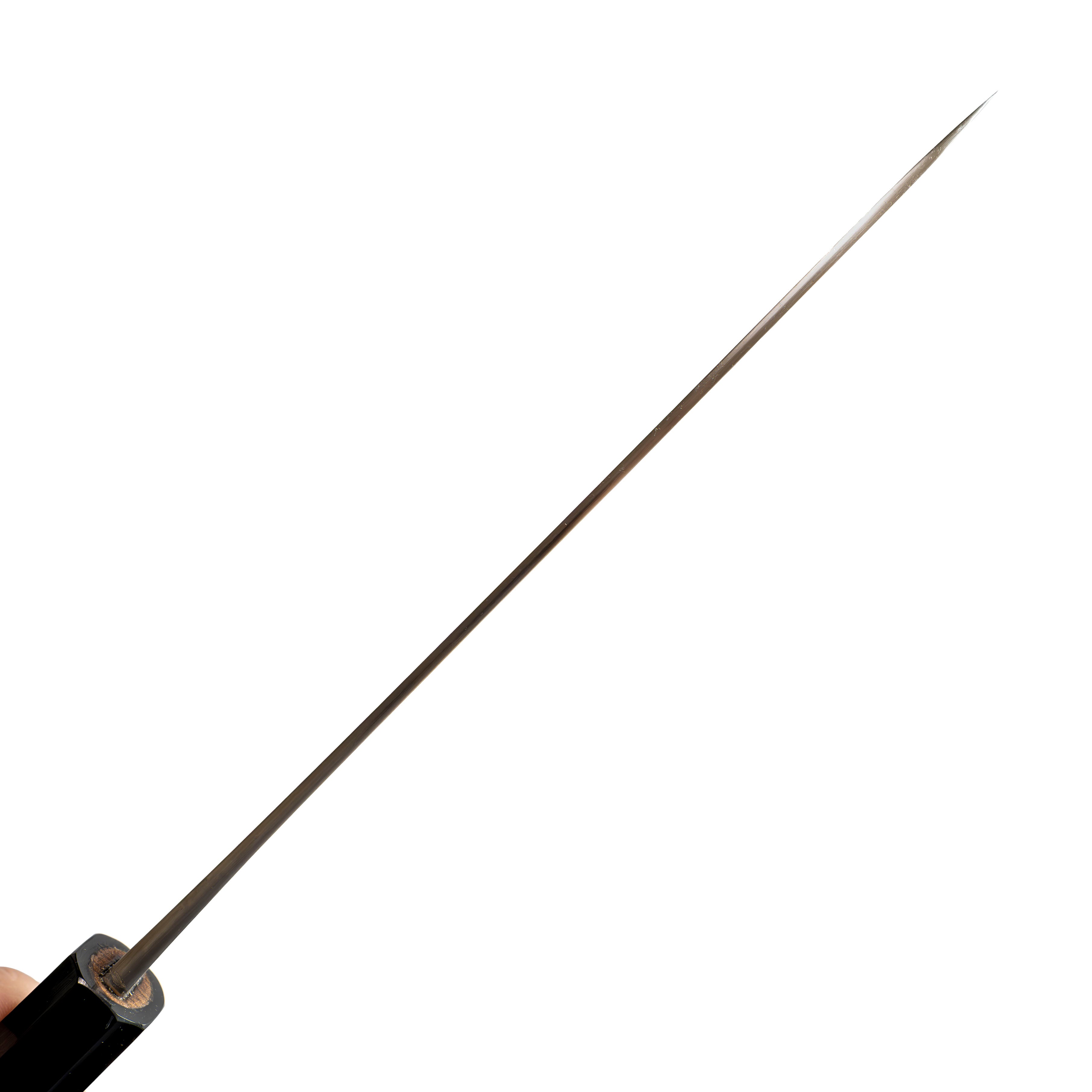

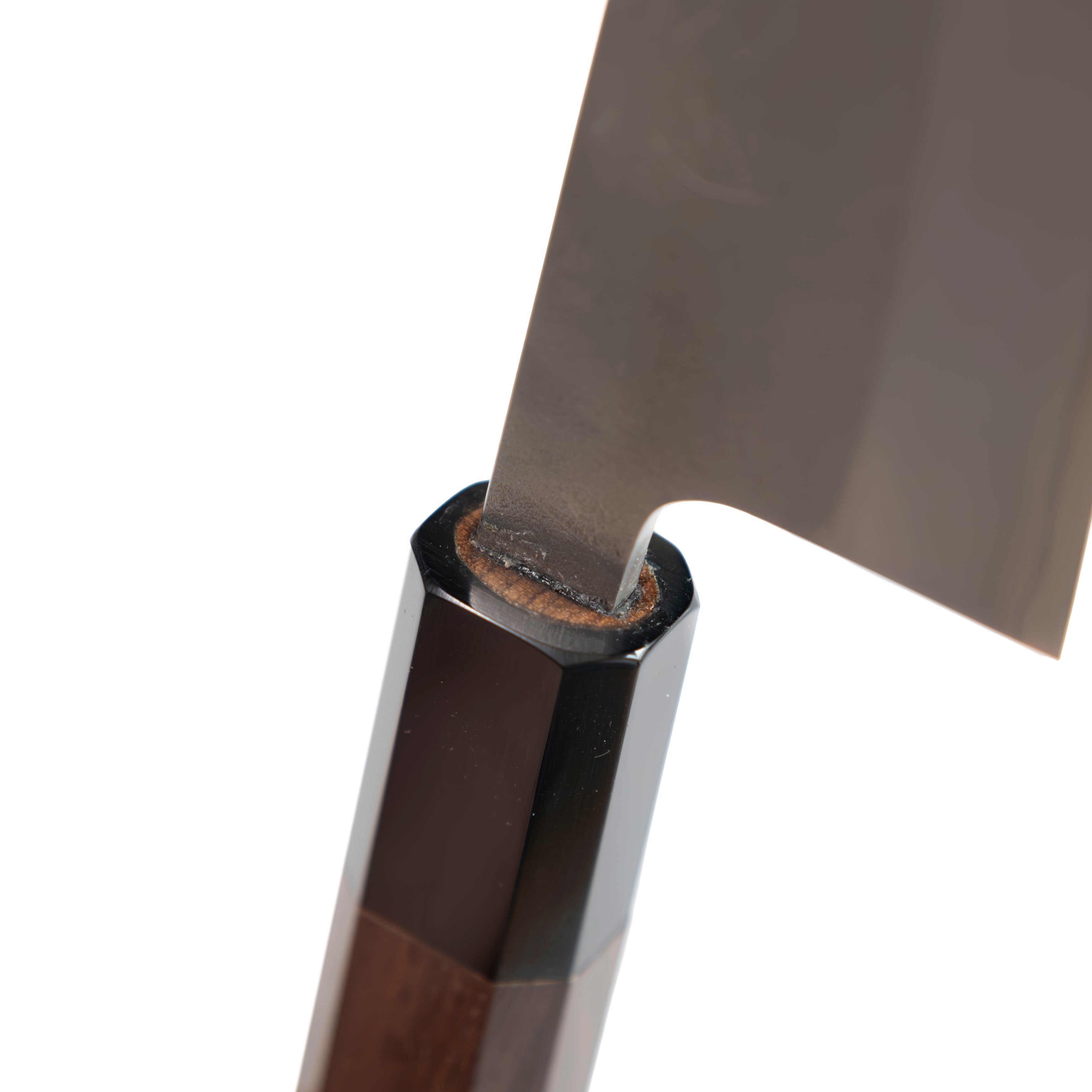
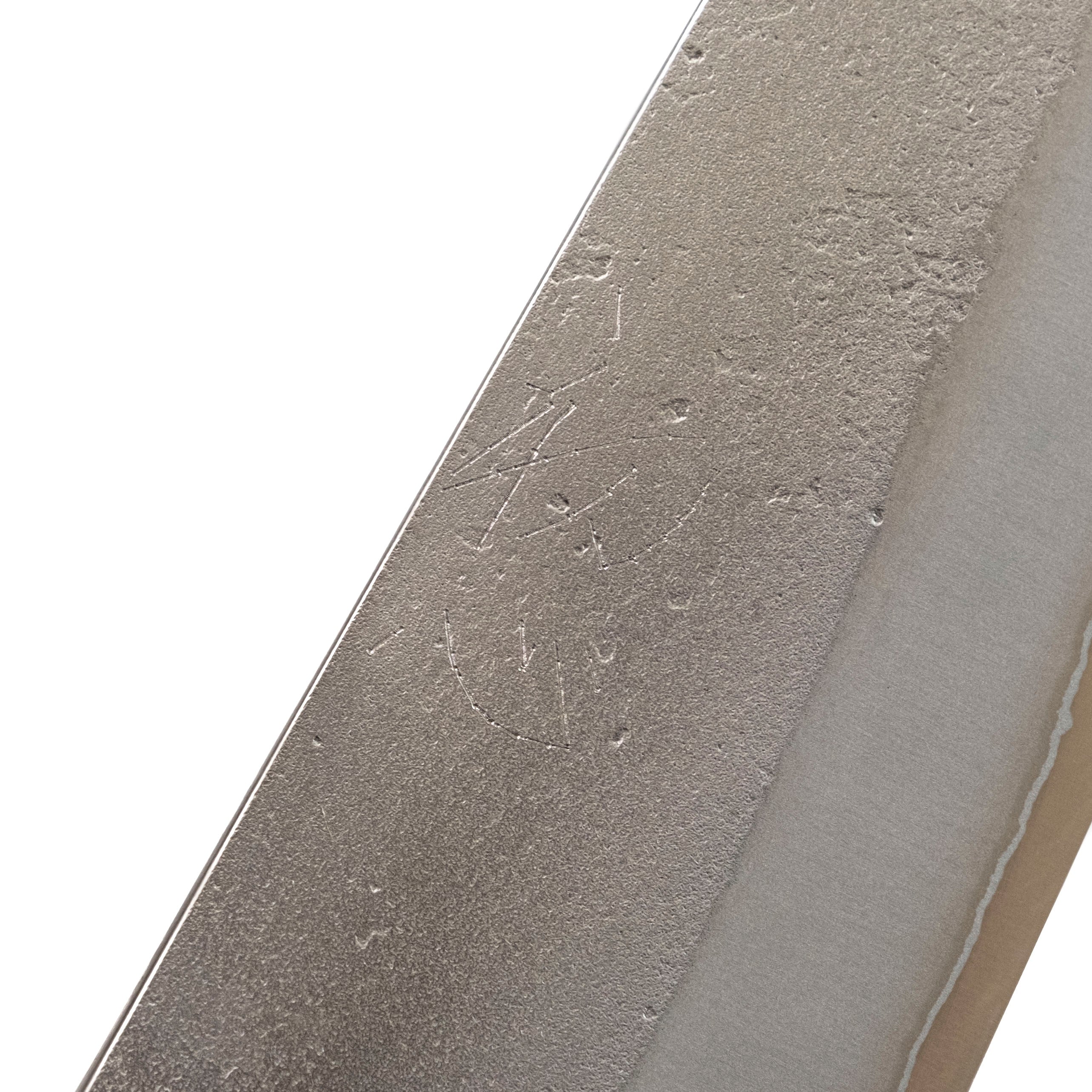
Usually ready in 1 hour
| Blade Length | 240 mm |
| Total Length | 395 mm |
| Steel | SKD Stainless |
| Handle | Walnut |
| Ferrule | Buffalo Horn |
| Rockwell | 63 |
| Height Spine to heel | 51 mm |
| Width at Spine | 3.3 mm |
| Weight | 210 grams |
| Bevel | Double (50/50) |
Follow these care recommendations for your Japanese knives to protect the edge and keep them sharp as long as possible:
All products are shipped within 24 hours. We offer same day shipping for products ordered by 12pm. Please allow 4-7 business days for your shipment to arrive with standard shipping. Expedited shipping options are also available at checkout.
We offer free shipping on orders within Canada over $150 CAD and free shipping on orders to the US over $200 USD.
Curbside pick-up is available at both our Hamilton and Etobicoke locations.
To make sure our customers are always satisfied, we offer full refunds on products for 14 days after receiving them. See our full return policy for details.
More questions? Check out our shipping policy, our return policy, or reach out to us directly.
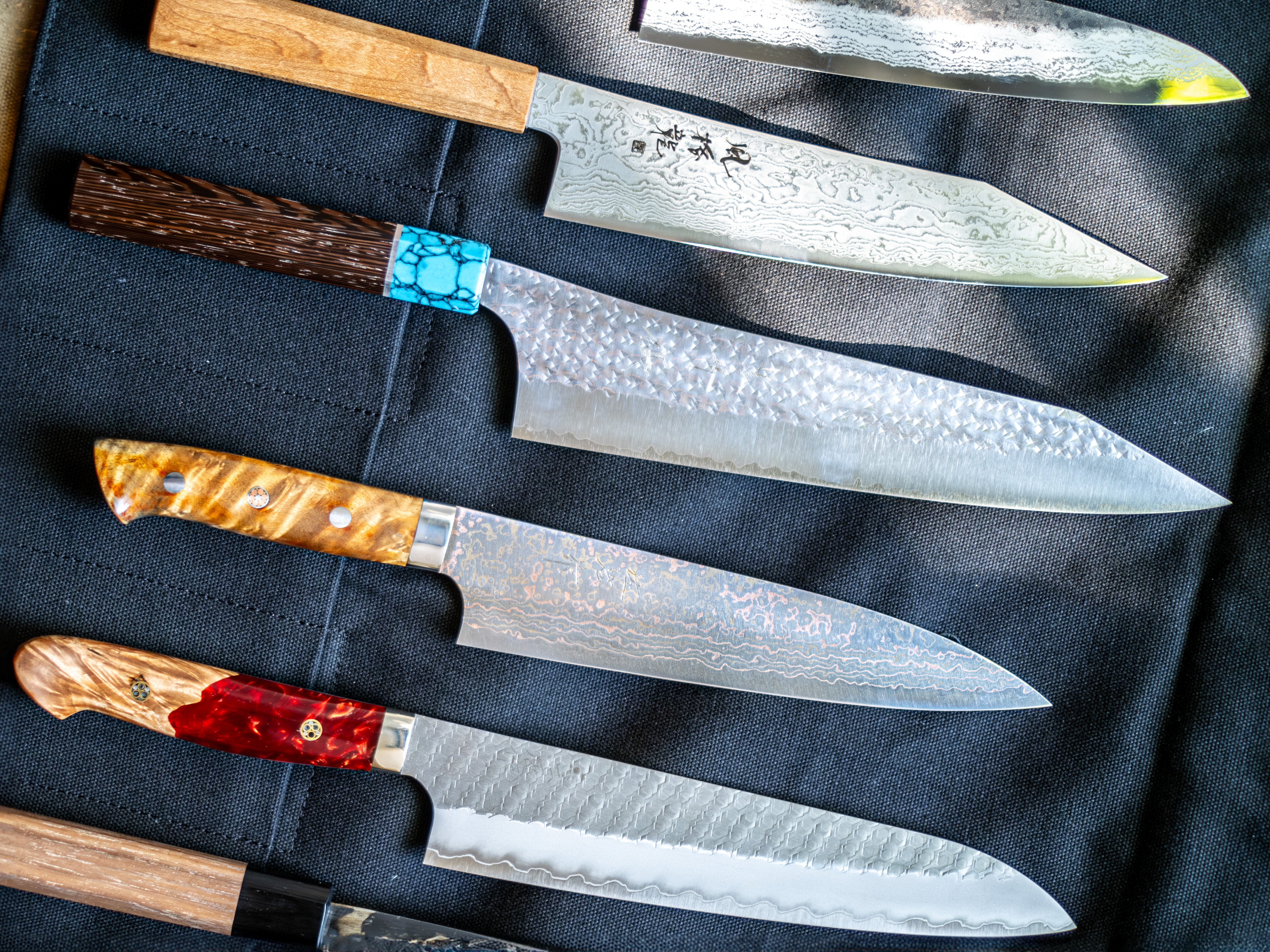
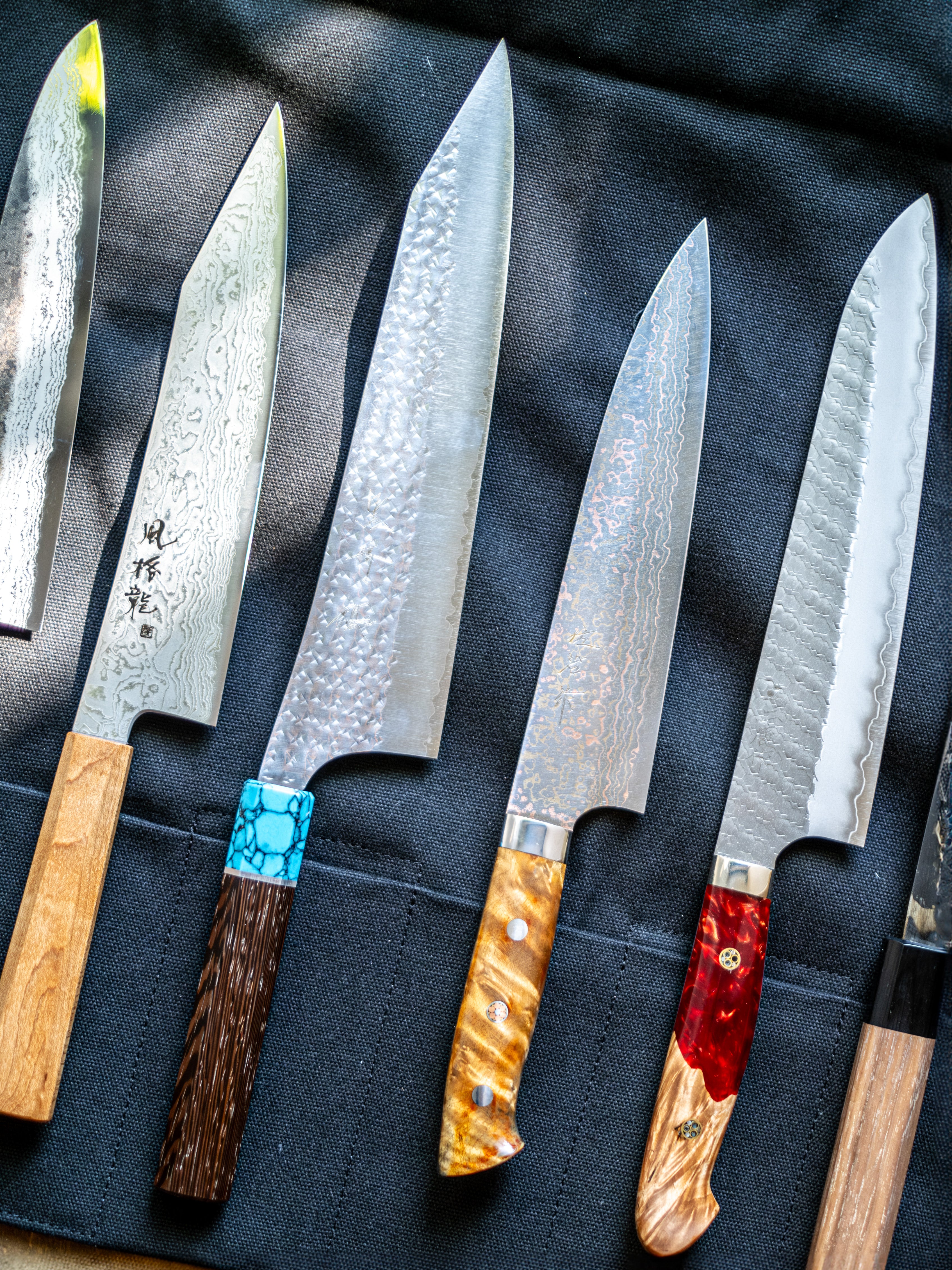
The Gyuto is the Japanese equivalent to the western style chef’s knife and is without question the most versatile knife shape. It ranges in size from 180 mm (7 inches) to 240 mm (10 inches), making it longer than the Santoku and Bunka. This length makes it adept at handling almost any task you'll come across in the kitchen, from mincing small ingredients to chopping through larger fruits and vegetables. The longer the knife, the more time it will take to grow accustomed to its length, but the more versatile it will be.
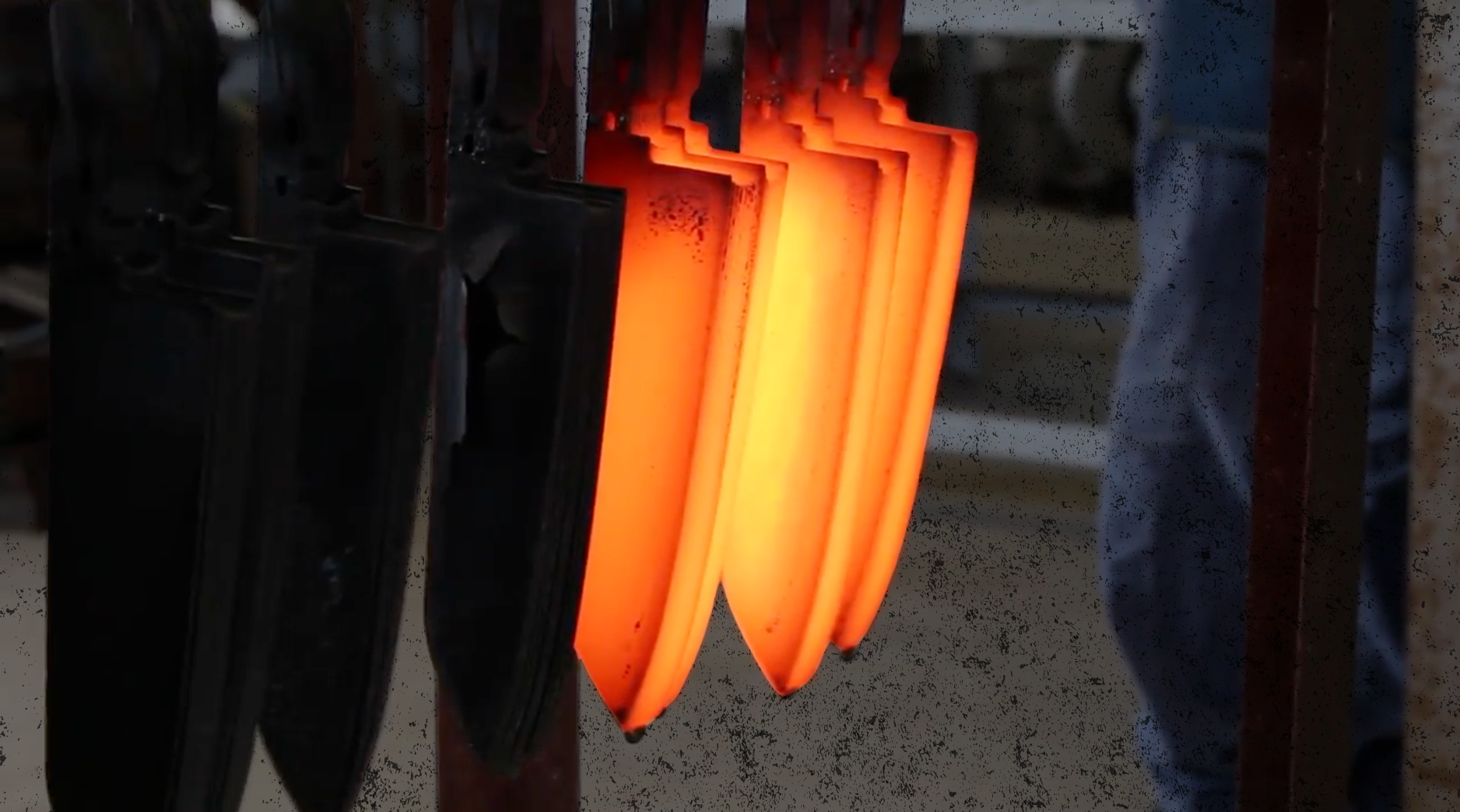
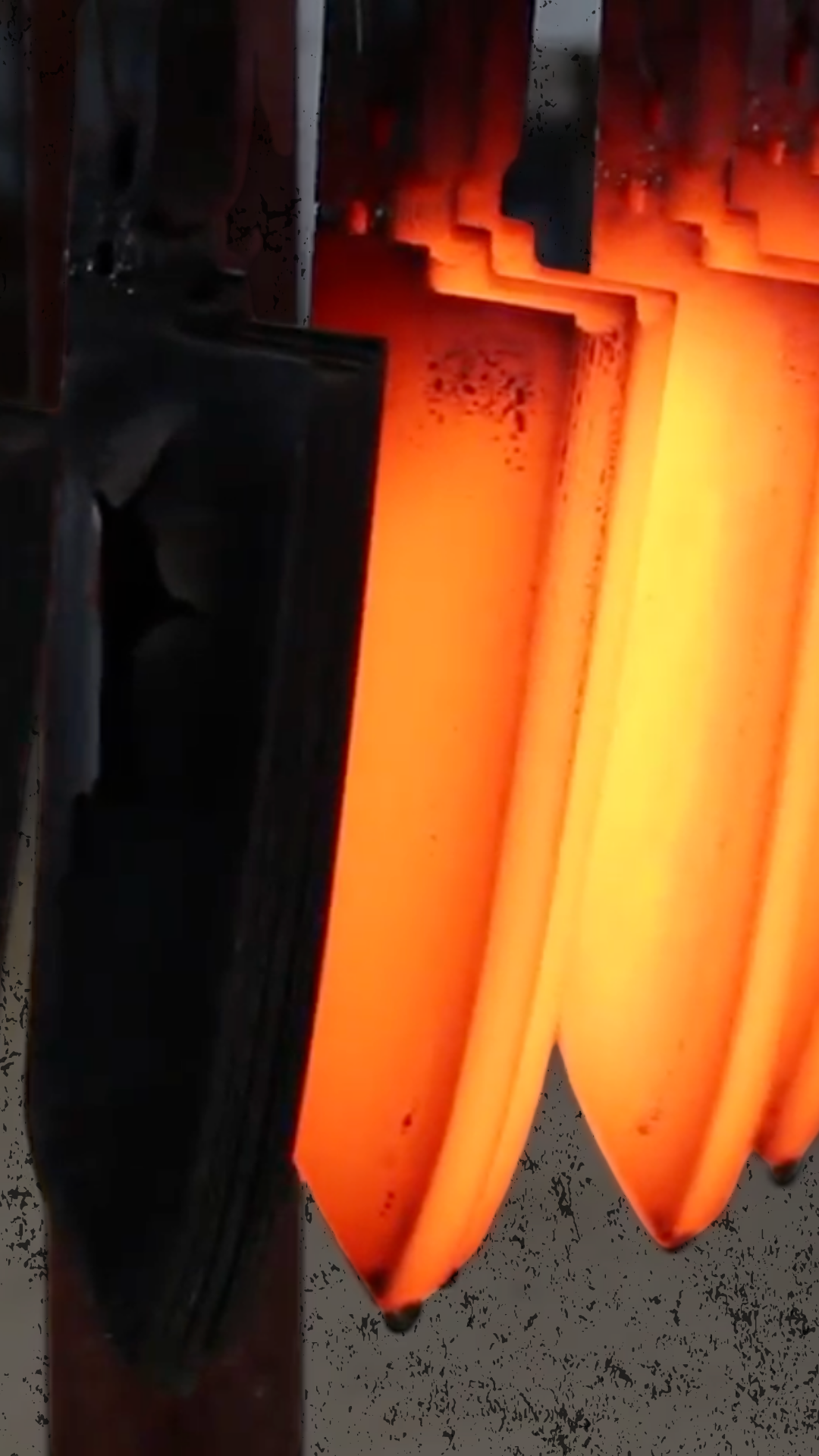
SKD12 is a semi-stainless steel that has perhaps been made most famous by Yoshikane Hamono. It has a high carbon content, which contributes to great edge retention while remaining easy to sharpen. While it is not a fully stainless steel, it is still quite resistant to corrosion and relatively easy to keep from rusting. That said, extra care while chopping acidic ingredients should be taken. It develops a nice patina and takes a wicked sharp edge!
Chemical Composition:
C 0.95-1.05% | Cr 4.5%-5.5% | V 0.15-0.5% | Mo 0.90-1.40%
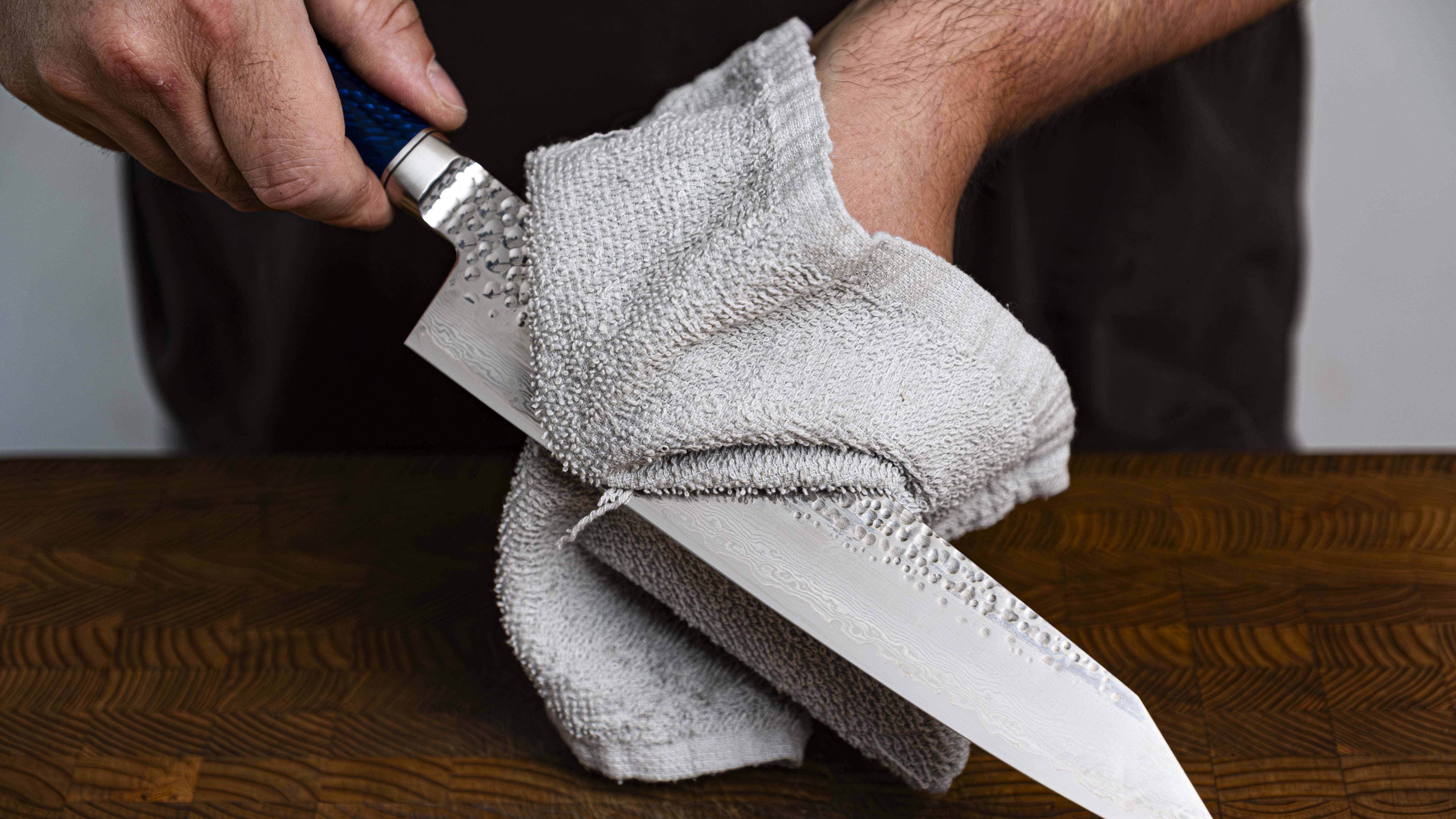
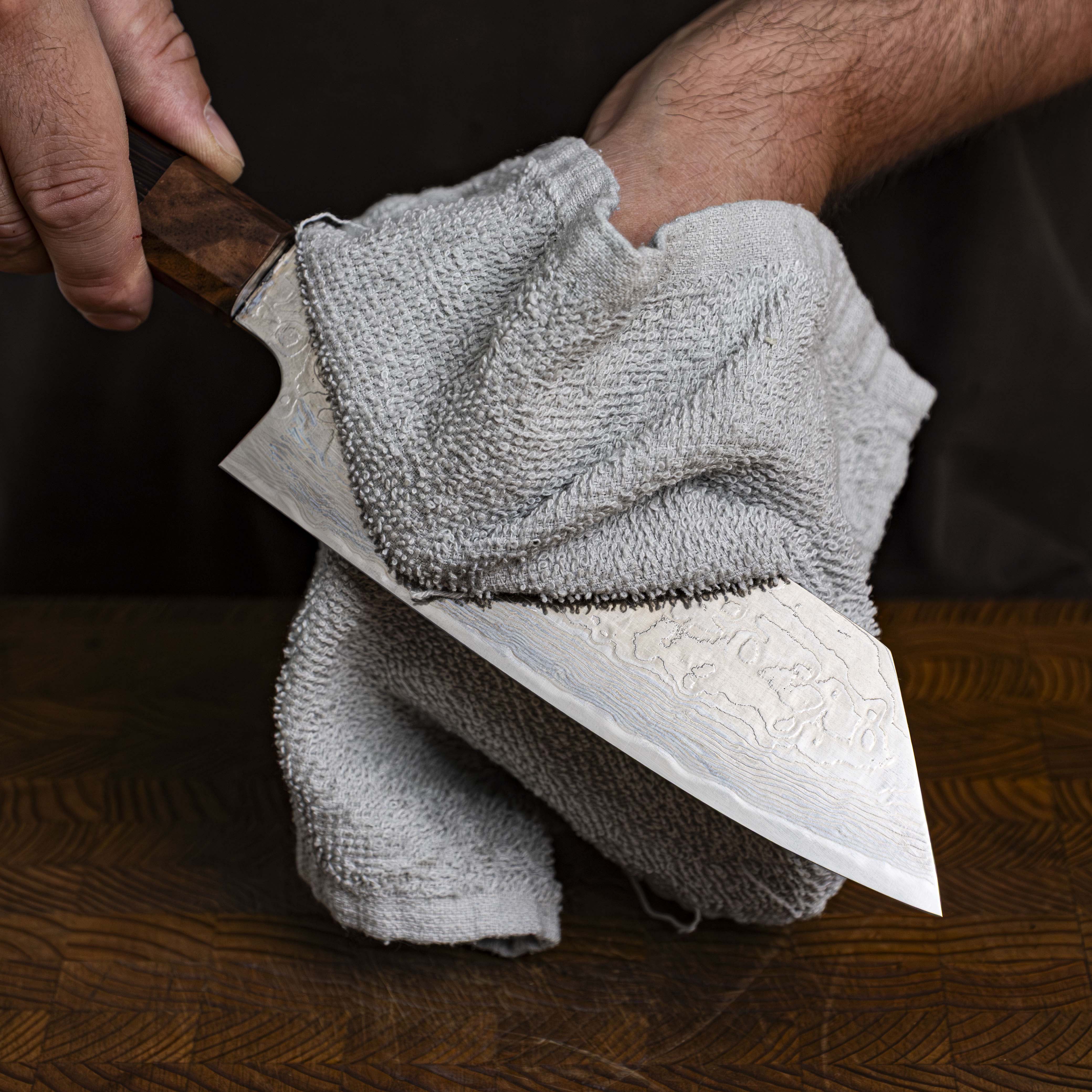
LOW MAINTENANCE
Stainless steel Japanese knives are made in a process called “Sanmai” or “Forge welding” where two softer layers of stainless steel are laminated around a harder core layer of stainless steel. All three of these layers are rust resistant and therefore are not susceptible to rust or discoloration. The softer outer layers of steel are used to make the knife more durable and flexible while the harder core layer is used to provide better edge retention to the blade.

Yoshikane Hamono is a well-famed blacksmith and is regarded as one of the most quality knife makers in Japan since its inception in 1919. They are led by Kazutoshi Yamamoto, the 4th generation blacksmith. Their workshop has doubled as a school for blacksmiths, training many of our favourites over the years. In typical sanjo fashion, their knives feature thick tangs and exceptional grinds, and are known for being some of the sharpest knives out of the box.
